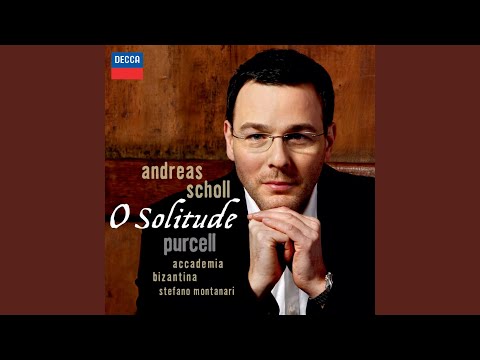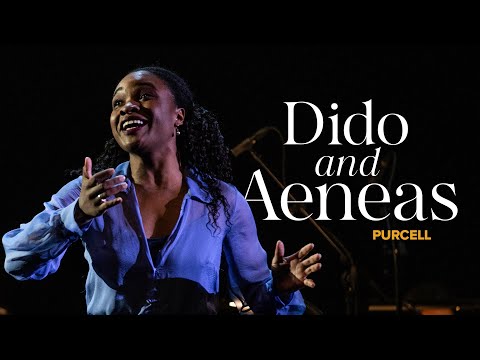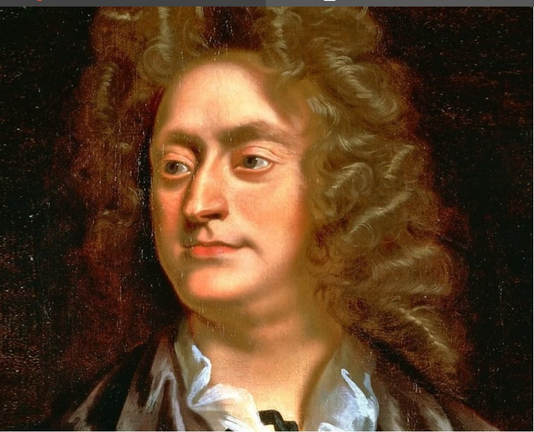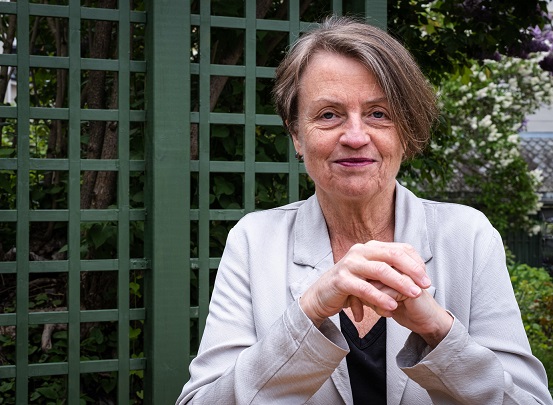Baroque Sunday Morning continues from Jukebox Friday Night with another piece by Henry Purcell –
Henry Purcell, "Pavan in G minor" Z.752 (1680)
Performed by Accademia Bizantina, Stefano Montanari conducting, at Chiesa di San Girolamo, Bagnacavallo, Italy, July 2010

Purcell: Pavan in G minor, Z.752
Jukebox Friday Night has the theme "Connections" on 15 August 2025.
These are connections between different bands, or mentions in songs, or links through family, places and so on.
Honouring my Arts major:
Henry Purcell, "I see she flies me" Z.573 (1692)
The lyrics by John Dryden are:
"I see she flies me ev’rywhere,
Her eyes her scorn discover;
But what’s her scorn or my despair,
Since ’tis my fate to love her.
Were she but kind whom I adore,
I might live longer, but not love her more."
Performed by the Academy of Ancient Music, Christopher Hogwood directing, with Judith Nelson (soprano).
From the incidental music for "Aureng-Zebe" or "The Great Mogul" (1692)

Purcell: Aureng-Zebe or The Great Mogul: I see, she flies me
"Who soothes my achin' bumpin' brain?"
Well it ain't nobody.
It's Henry Purcell and his 12 Sonatas In Three Parts, that's who.
Warm bath to soak my tired bod and music of the spheres to soothe 'ma heid'.
https://www.rosedalepresbyterianchurch.ca/hailbrightcecilia
portrait of Henry Purcell (1659-1695)
by John Closterman (1660-1711)
Composer Cecilie Ore makes water flow, freeze and mist
Norwegian Cecilie Ore enjoys writing cycles. In 2021, her H2O-Trilogy saw the light of day, three pieces for string quartet dedicated to water. This was recently released on CD by the also Norwegian Engegård Quartet. The album concludes with Hototogisu for wind quintet, performed by the NyNorsk Messing Kvintett. Earlier, the four-part cycles Codex temporis and Tempora mutantur appeared on CD.
Cecilie Ore (c) Ingeborg NorshusThe first part of the H2O Trilogy is an ode to Hardanger and the west coast of Norway, called ‘Waterworks’. In this movement, Ore paints a particularly colourful picture of the fjords and their jagged inlets. A recurring motif is a descending line from the first violin, which seems to sprout like a tiny stream from a spring and is soon reinforced by similarly descending patterns from the other three strings. These swirling patterns naturally conjure up images of heady waterfalls.
Regularly, the foaming cascades are interrupted by fierce, rhythmic strokes on the strings, as if their flow is suddenly halted by an obstacle. Sometimes the different voices fan out, like little rivulets that then string themselves together to form a mighty stream. This finally flows into the sea, in a splashing rain of pizzicati. Although the cello intones some dark tones, a sense of light and airiness prevails.
A very different atmosphere breathes ‘Glacier Song’, in which Ore sings of the Josedal Glacier in western Norway. Tingling tremoli and sustained lines played close to the bridge evoke a chilly landscape of sliding ice blocks. Funny effect are the short rhythmic ‘bumps’ that borrow from the famous ‘Cold Song’ in Purcell’s opera King Arthur. You can almost hear him chattering his teeth. Thin ascending lines evoke images of compressed air bubbles, while shaky motifs in the lows seem to represent incipient cracks in the glacier.
The closing ‘Morning Mist’ is an ode to Norway’s long, vast coastline. Cloud-like, intertwining note sequences subtly depict the morning mist. This slowly dissolves into soft, rising and falling glissandi, while swelling, vibrato-less strokes across the strings act like sunbeams. Ever softer and more scattered swirls in the highest registers finally make the mist dissolve into nothingness. The Engegård Quartet plays flawlessly and captures the different moods spot on.
The concluding Hototogisu (‘a cuckoo calls’) is inspired by the last words of the Japanese poet Chosui, who died in 1769. In the tradition of Zen monks and Haiku poets, he presented a poem on his deathbed: ‘I am waiting, white clouds/ and dark clouds passing/a cuckoo cries.’
Hototogisu opens with mildly dissonant, sustained chords from the five winds, separated by rests. The harmonies get louder and follow each other faster and faster, after which the five musicians take more individual courses, each playing bright melodies. Like in a game of tag, they seem to be on each other’s heels, sometimes imitating each other, sometimes responding with short staccato motifs.
The descending note sequences, which tumble smoothly over each other, are somewhat reminiscent of ‘Waterworks’. So are the descending and ascending glissandi, which are really only idiomatic for the trombone, but are nevertheless performed with obvious ease by the two trumpeters, hornist and tuba player.
At the end, the musicians rhythmically whisper the Japanese text, ending in the loudly chanted ‘hototogisu’. After this, they take turns playing the characteristic descending call of the cuckoo. A humorous ending to this spirited piece.
The rendition by the NyNorsk Messing Kvintett is excellent and lived-in. Ore is fortunate to have such great performers of her appealing music. Moreover, the music sounds very spacious, the recording technique is outstanding. This album deserves a place in the collection of any lover of modern music.
#CecilieOre #EngegårdQuartet #H2OTrilogy #HenryPurcell #NyNorskMessingKvintett
Excerpt from "Music for the Funeral of Queen Mary" by Henry Purcell, created on GarageBand software (synthesizer). Actually, just a basic test I did many years ago as a complete beginner...
#Funeral #QueenMary #HenryPurcell #GarageBand #Synthesizer #Music
https://open.spotify.com/album/0DvlESJ9pvRr9KgD8ZfMIr?si=hYaT0ZdIQzKBgwHL8rtEEA
#ClassicalMusic
#ChristianSandrin
#KeyboardMusic
#HenryPurcell
DIDO AND AENEAS Purcell – Dutch National Opera



